As Maria Sharapova walks away from tennis, we take a moment to remember her career – how it began, how it ended, and everything in the middle.
Promising beginnings: from Siberia to Florida
When Maria Sharapova first picked up a tennis racket, she was so small her legs dangled from the bench she sat on to watch her father, Yuri Sharapov, play amateur tennis in Russia. Her first ever racket was a fourth birthday gift from none other than Yevgeny Kafelnikov, the first Russian tennis player to even win a Grand Slam, back in 1996.
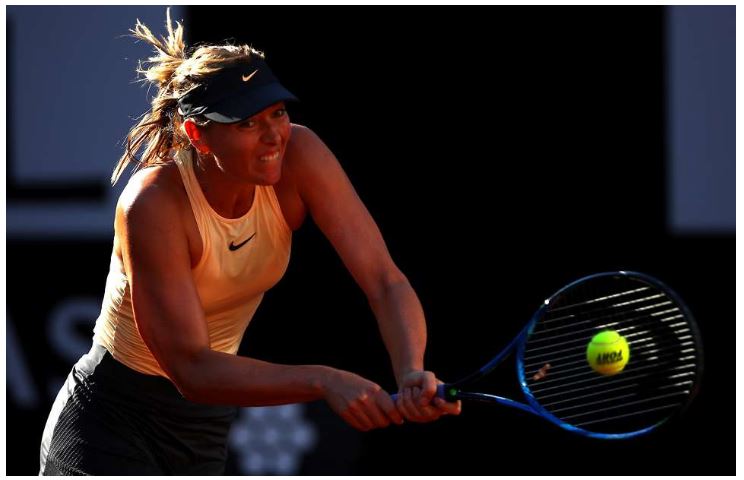
This premonitory gift was handed to Maria in Sotchi, Russia, where the whole family lived since Maria was two. They had moved from Nyagan, Siberia (more than 3000 km away); but a much bigger move was waiting upon Maria.
In 1995, encouraged by coaches and players who saw potential in her game, she flew to Florida with her father, who took on odd jobs to finance his daughter’s training, until she was old enough to join the famous Nick Bollettieri Tennis Academy, in 1997.
She was nine years old, and the academy meant -maybe- making it. Bollettieri had already helped shape the career of famous players like Andre Agassi, Jim Courier, and Monica Seles, and Maria hoped to follow suit.

Retrospectively, she describes this new country as immense to her child’s eyes. She said:
“Everything was enormous – as was my parents’ sacrifice.”
Her slightly solitary personality, sometimes described as aloof by other players on the circuit, can be partly imputed to these trying times: a seven-year-old Russian girl coming to America to pursue her ambitious dream is bound to feel a little lonely.
However lonely she might have felt, however, it was nothing compared to the joy she found in improving her game; more often than not, through hard work, sweat, and tears.
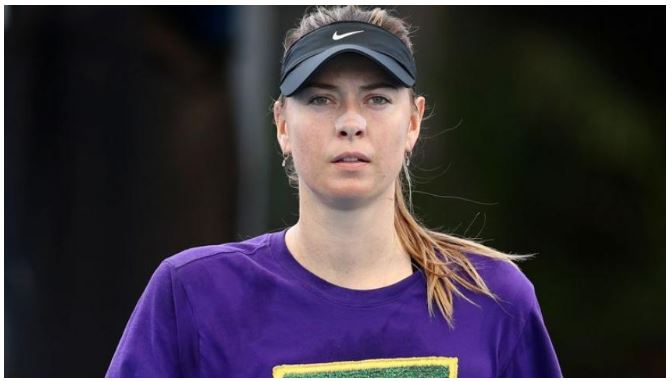
In 2002, a story by Trans World Sport featured Nick Bollettieri himself, who said:
“She’s very selfish in a way, she wants to help herself. And that’s what it takes to be a great warrior […] She’s not mean to other people – by far she’s not mean, but she’s Maria Sharapova, and that’s what’s required to be the best!”
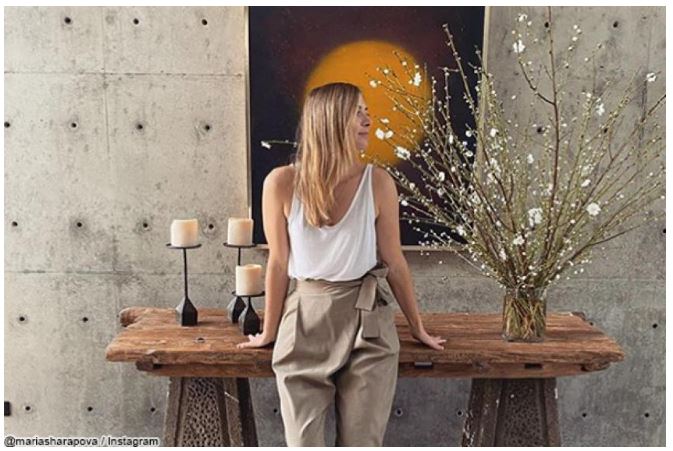
As her career grew, Maria never lost sight of the initial belief that led her and her father to the east coast of the United States: that she could become the world’s best tennis player. Martina Navratilova had spotted her talent at a young age, and convinced Yuri to make the trip; but it was Maria’s relentless training on the court, day in and day out, that allowed her to become the player she could be.
Echoing Bollettieri’s observations, she put her goal into words:
“I just try to be myself all the time; try to be Maria Sharapova, and not try to be anyone else.”
A tough challenge, at fourteen, but one she gladly took on.

The 2004 Wimbledon breakthrough
Fourteen was the age she turned pro. By then she’d already garnered quite a lot of attention, as well as 8 junior titles.
Three years later, the famous 2004 Wimbledon final drove the English Centre Court wild: in 73 minutes, the seventeen-year-old Russian phenomenon managed to upset the defending champion, number-one seed Serena Williams.
The final score (6-1, 6-4) tells us a couple of things about Maria. First, she’d found the answer to the Williams powerhouse with a very strong serve (a shot which, ironically, failed her on multiple later occasions) and very aggressive defense from the baseline. Second, she was completely unafraid.
Of all the Grand Slam final wins, many are attributed to experience.
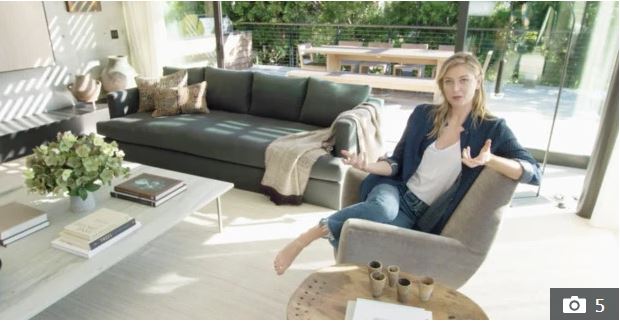
Playing on the big stages of the tour and losing on them is what shapes a steady hand for later victories. Fear of success can be your worst enemy: the miraculous scenarios of tennis don’t often last the whole match: in the end, the top players win. If they’ve done it once, chances are they know how to do it again.
Think of Martina Hingis, the insanely talented 18-year-old Swiss player, defeated by Steffi Graf in the French Open final. Hingis was number one, and dominated the first set (6-4). At 2-0 in the second set, the match seemed all but won; however, 16 000 spectators and the pressure to win Roland Garros, the last Slam she’d yet to take home, made her lose her temper, her game, and the match.
About her Wimbledon win, Maria says:
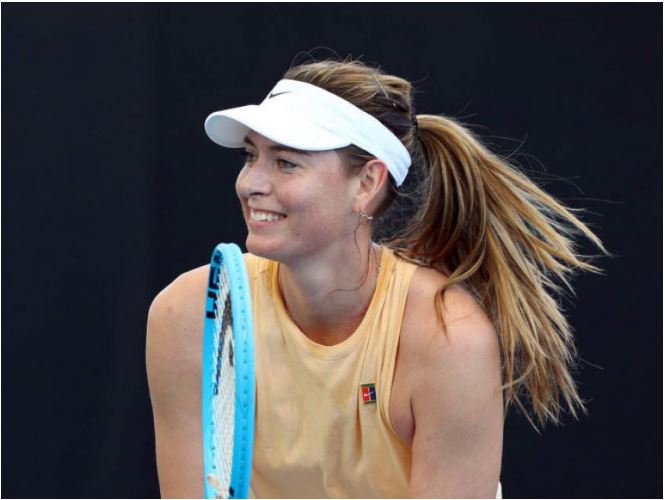
“I was a naive 17-year-old, still collecting stamps, and didn’t understand the magnitude of my victory until I was older—and I’m glad I didn’t.”
Unlike Hingis, she just didn’t let fear of success get to her in time, then.
Fear wasn’t the only thing she refused to let get in her way. Ignoring the raised eyebrows and snarky remarks, she always kept doing her.
The screaming at every shot, the switch to the single left-hand when taken off-balance by a cross-court shot to her backhand, and the relentless fighting: here are some of the things that allowed her to become number one. Perhaps in contrast with what people expected of her, she was a street-fighter.
Elegance and grit: the Sharapova paradox
When she skyrocketed to the top of tennis, Anna Kournikova, a fellow Russian player, was still an important figure on the tour. Journalists and spectators were quick to draw a parallel between the two girls, and not all comparisons were based on tennis.
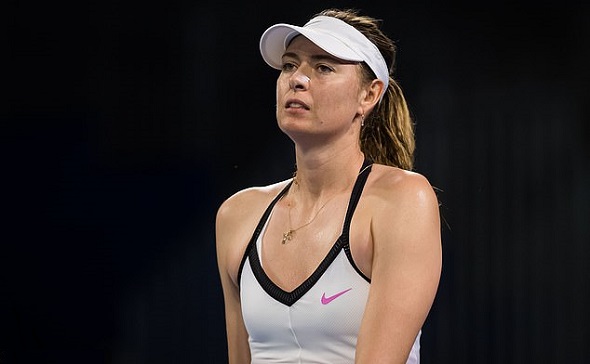
Infamously asked if her good looks didn’t get in the way of focusing on the game, Maria gave a curt “no” – Kournikova, who later found modeling to be more fulfilling than tennis, was asked similar questions, and the two were often pitted against one another, with match-up headlines such as “Battle of the Babes”.
Such displays of sexism took the youngster aback but didn’t manage to dampen her spirits. In fact, she found that she could become the world’s highest paid female athlete, taking advantage of being beautiful and a very successful tennis player.
In short, she worked to become a polyvalent, smart businesswoman, and took advantage of the misplaced attention.
Not everyone in the tennis world was fooled, though. Jon Wertheim said it perfectly: brands liked to project an image of “international elegance” with Maria, while her game and backstory were “predicated on the opposite: grit. True grit.”
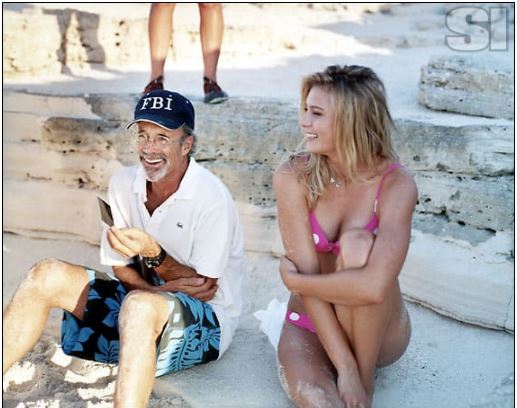
Five Grand Slam titles later, Sharapova faced a suspension from the ITF in 2016, as a result of her using a forbidden substance, meldonium, a component of the medicine Mildronate which she had been taking since the beginning of her career – virtually her whole life.
The fifteen-months suspension was tough, physically and mentally. Her comeback in April 2017 was not altogether very successful, and after mitigated results, she decided to retire from the sport on February 26 this year.
Leaving on her own terms
The announce was made in Vogue, not in a tennis magazine.
She did not pick a match to tell the audience that this was it, she did not embark on a farewell world-tour, she did not collect a congratulatory vase.
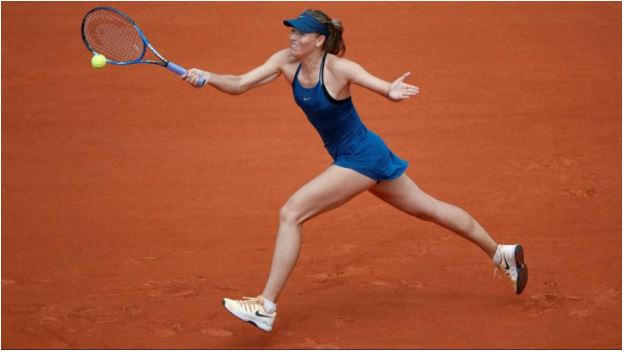
She did what she’d always done: exactly what she wanted to do. It might come as a surprise that Maria penned her retirement essay to be published in Vanity Fair.
In reality, this is very much in character. A passionate fashion enthusiast (the dress she wore for her US Open win in 2006 against Justine Henin had a “classic Givenchy neckline”), now an architectural design student, Maria understood that a retirement from tennis could mean more than an end – it could be a beginning.
In years to come, the tennis world might see more of Sharapova-style retirements. Being a professional athlete is incredibly taxing, and walking away from the rigorous daily structure of year-round training is daunting. What’s next? is a tough question to answer.
Reluctant to let that fear get to her, Maria has just once again proven her courage and ability to adapt. Remember, this is a player who, unable to slide on clay, described her movements on the surface as those of a “cow on ice”. She then went and won the French Open twice.

Choosing to be a rather solitary presence on tour was part of Sharapova’s formative years. Alone in Florida without her mother at age seven, she had to toughen up.
“If you don’t have a mother to cry to, you don’t cry.”
Then, winning Wimbledon at seventeen, she had to toughen up even more: she’d been out to get Serena, now everyone was out to get her. Choosing to come back after the ITF suspension was brave, and choosing to retire, just as brave. The terms on which she did were her own.
As a tennis player and as whatever she will go on to be, Maria Sharapova will be remembered as incredibly determined, strong-willed and true to her beliefs.
When she was twelve, Martina Hingis came to hit the ball with the juniors at the Bollettieri academy. The other girls were all awestruck.
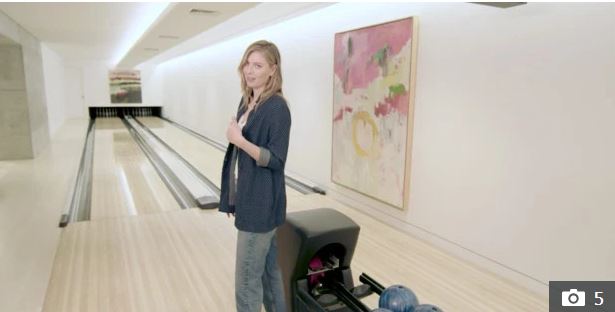
Maria simply said:
“I hope Martina is still playing when I turn sixteen.”
Ted Meekma, her then coach, commented:
“I think that sums up her attitude. She’s got something innate that you don’t necessarily teach.”